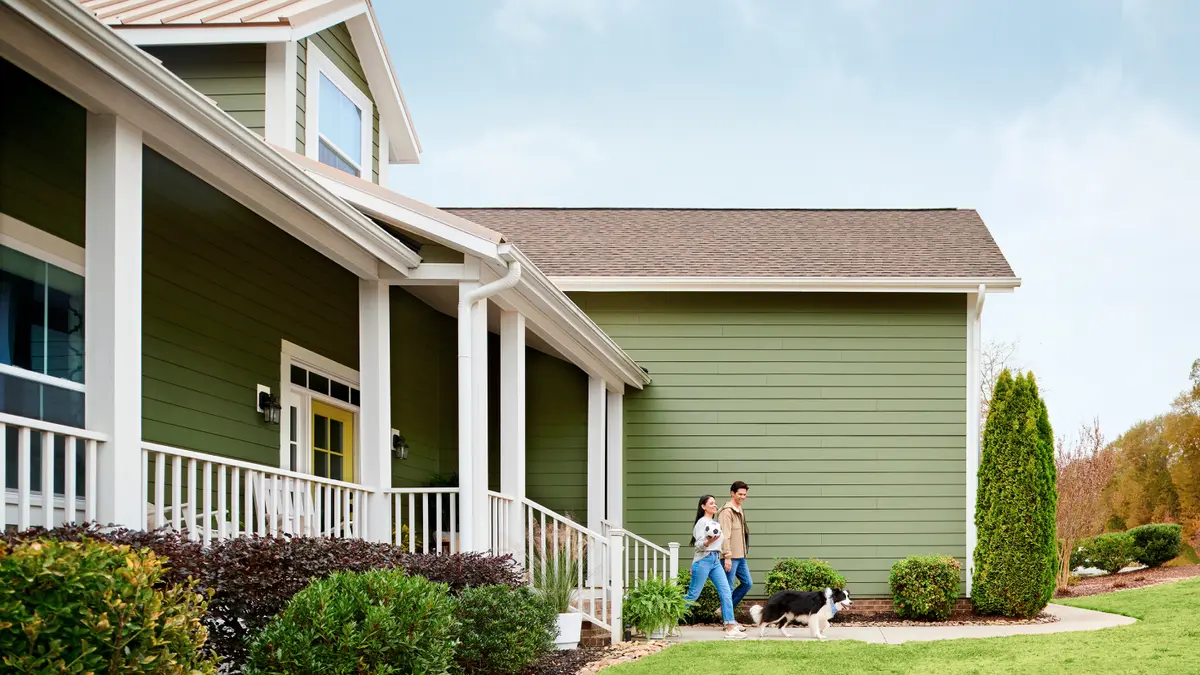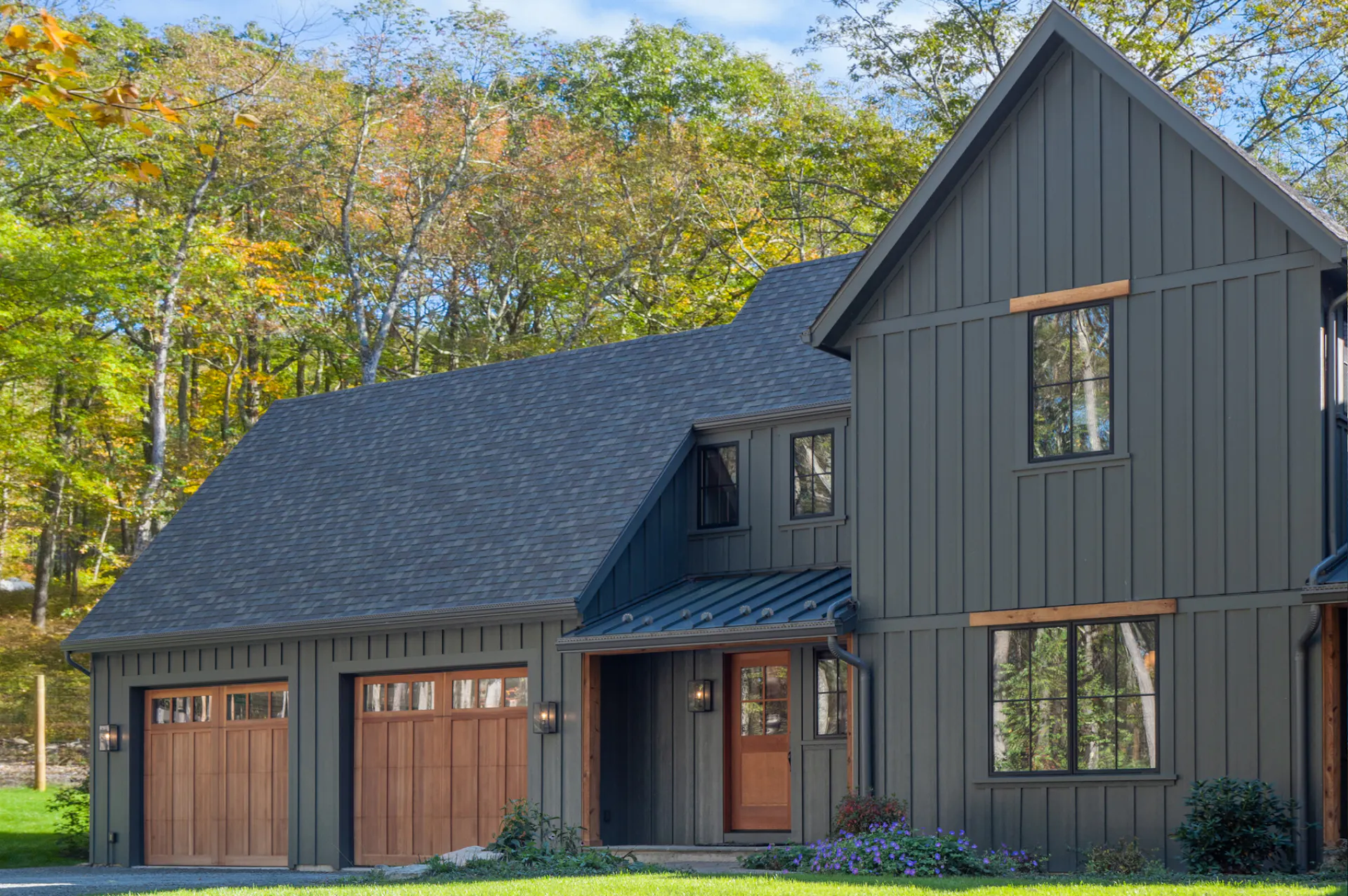Published on: September 26, 2024

If your siding is looking faded or the color is outdated, you might be wondering: can you paint vinyl siding? The good news is, there are techniques for painting siding. But you’ll want to read up on the process carefully before attempting it. Using the wrong materials or process could lead to chipping and worse-looking siding than you currently have.
Learn everything you need to know about the vinyl siding painting process as well as pros and cons to decide whether siding replacement might be better for you.
The first step in painting your vinyl siding is to assemble the materials required. Here’s a look at what you’ll need.
Painting vinyl siding is complex. If you aren’t careful, you can damage your siding or make it look worse. If you can afford it, hire a professional painter. If you can’t afford the painter, make sure you’re skilled with a paint brush before attempting whole-house vinyl siding painting.
Check your siding manufacturer’s advice on power washing your siding because some manufacturers don’t recommend it. Prepare your cleaning solution and add it to your power washer while leaving some in the bucket. This mixture will attack dirt and mildew. Use the right attachment for your power washer and hold the nozzle a proper distance from the home to avoid damaging the siding. Use the soft-bristled brush to scrub areas that need it.
Prepare the area with plastic sheeting over elements you don’t want painted, such as trim, downspouts, windows and doors.
Before painting, you’ll need to add a primer to the home. Ensure you allow enough time for the primer to dry properly, or you might experience peeling paint.
Start by cutting in around elements like the windows and doors. Take your time to ensure you don’t get the paint on elements that should not be painted. Then use your sprayer to finish the rest of the home. Avoid runs, which will make your home look less attractive once complete.
Before you get started with vinyl siding painting, consider these pros and cons.
Pros

Cons
Before you commit to painting your vinyl siding, review these considerations.
Many standard exterior paints will leave your vinyl siding looking streaky. Some paint can damage your siding or cause flaking or peeling. That’s why it is so important to work with a paint that is designed for vinyl. You can’t just buy any exterior paint at your local hardware store.
The paint must be 100% acrylic, which will help it adhere to the vinyl. The right paint will make all the difference in how your paint holds to your siding and its durability.
Here’s a recap of the best tips and suggestions for painting vinyl siding to ensure the best results and an attractive curb appeal.
If you’re considering painting your vinyl siding, it is likely old and beginning to look tired. If your vinyl siding is nearing the end of its life – 25 years or older – it’s wise to investigate replacement instead of painting. The cost and time commitment of painting won’t pay off if your siding is nearing the end of its life.
Or, if your siding is fairly new, the painting will void your warranties and could damage your fresh siding. That means that there is only a small window in the life of the siding where it might make sense to paint it. All other times, replacement is the better way to protect your home and keep it looking great.
Before you decide to paint your siding, have a siding contractor assess it to ensure it is still sound, has no gaps or cracks and is protecting your home as it should. Schedule your free in-home estimate with 2FL Windows, Siding and Roofing today. Our team of professionals will review your home’s exterior and recommend what’s best for protecting its exterior for decades to come.
Further Reading:

Read the latest articles about siding.
